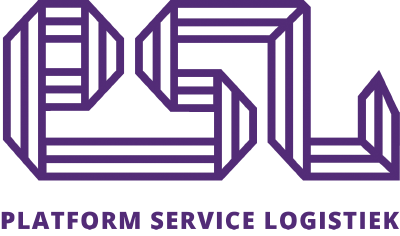Design of a Spare Part Service Network with Two Product Classes and Replenishment Uncertainty
In this master thesis project, we use mathematical inventory modeling to evaluate the performance of a special branch of Philips’ spare parts service network. The focus lies on spare parts that are distinguished in two di erent variants: new and repaired. In the current inventory policy, N-stock is strictly replenished with new parts and only used for N-customers. U-stock is mainly replenished by repaired parts but can also be replenished by new parts, and is used for U-customers. Several alternative design scenarios are proposed. First, we study the e ects of allowing one-way demand substitution. Second, we introduce a `cross-replenishment policy’, where new parts that arrive in U-stock replenishment shipments are allocated to N-stock instead. Third, we apply hold-back levels to demand substitution. A single-echelon, single-location, two-item inventory model with one-way demand substitution is described as base model. This model is based on the research of Reijnen et al. (2009). With the base model as foundation, we create a new extension for the proposed cross-replenishment policy. Last, the developed model is further extended with hold-back levels. The hold-back level extension is based on the research of Van Wijk et al. (2012). The performance of each design scenario for the provided business case is evaluated with an extensive case study.

